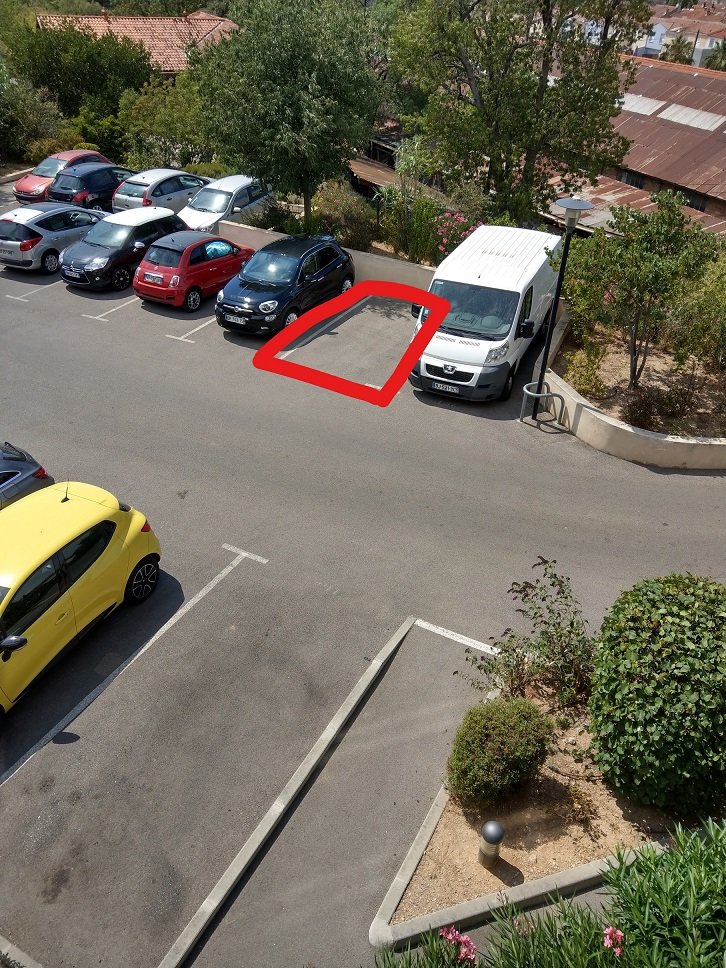





Find parking near Saint-Henri, 16ème arrondissement de Marseille, Marseille
Saint-Henri (formerly Seon Saint-Henri) is a lovely neighborhood in Marseille's 16th arrondissement, located to the north-west, on the Seon Basin coastal plain, which borders the Mediterranean Sea. Seon was once a twinned district with Saint-Andre. It became an independent village in 1745 after acquiring its parish. Saint-Henri, once a tile-making village, is now a residential district in Marseille's north districts.
Saint-Henri, a neighborhood in Marseille's northern suburb, is situated along the coast. To the north, it is bordered by the L'Estaque District and to the South by the Saint-Andre District. Saint-Henri has a neighborhood with the same name, which includes the Rabelais estate and Muriers residence. In 2018, the neighborhood had a population 1,904 people and a poverty level of 39%.
Saint Henri forms part of the Seon Basin. This coastal plain includes Saint Andre, L'Estaque and other towns. It is located between the hills in the northeast and the Mediterranean Sea in the southwest. The sedimentary basin is a rich source of clay. The extraction of this raw material, for industrial purposes such as bricks and tiles has created a rugged terrain. The depressions can be abrupt and take the form of cirques, which remind us of Saint-Henri’s old clay quarries.
Saint-Henri can be reached by rail and road. The D568 (formerly the Coastal Road) crosses it, leading north to L'Estaque, then south to Le Rove and the A55, and finally to the Marseille city centre and the A55. The Paris-Marseille line does pass through the Saint-Henri area, but the Seon-Saint-Henri Station is closed for all traffic. There is no station on the secondary line that runs from L'Estaque via Arenc to Saint-Charles. The Mourepiane marine station, which was a freight station before, has been abandoned. Container traffic now goes through the Mourepiane Port by road.
Saint-Henri used to be a tile-making village, and the landscape was transformed. Clay holes were dug in order to extract raw materials, resulting in a rough relief. The hoffman kilns, which were used in factories to produce clay, had chimneys that exceeded the height of the roofs. Workers' housing was often built by themselves, and this led to the creation of several slums, which were made from tiles that the bosses gave or sold. Other types of housing for workers include barracks and courtyards. For the industrial expansion in the region, foreigners were needed to meet its labor needs. In the early 20th century, Saint-Henri was home to many Italians, Spanish and Armenian immigrants. Algerians then arrived in Saint-Henri to work in factories. The population grew from 714 in 1820 to 10,950 in 1930.
Mobypark provides online parking solutions that are affordable and convenient in urban areas, where parking is often scarce and costly. We at Mobypark believe that parking in a city should be simple and hassle-free. Users can search parking spots on our platform by location, price and parking type, such as covered, uncovered, or 24/7 access.
You can reserve your parking space with Mobypark.
Parking rates near Saint-Henri
Parking time
Mobypark parking rates
1 hour parking
from € 0.00
24 hours parking
from € 8.00
1 week parking
from € 55.00
1 month parking
from € 180.00



